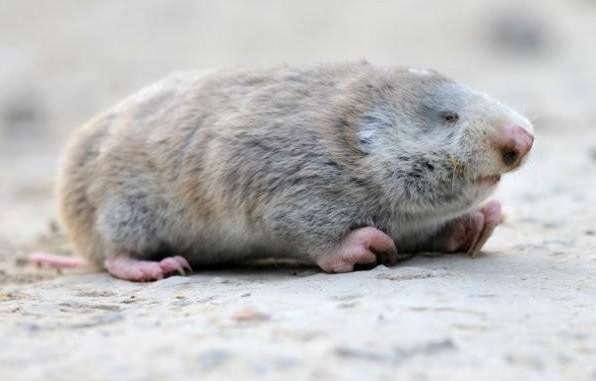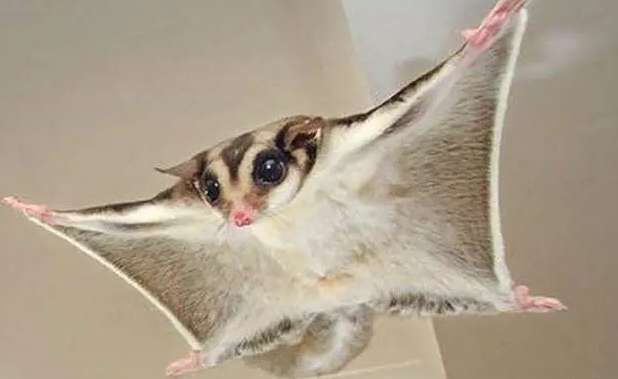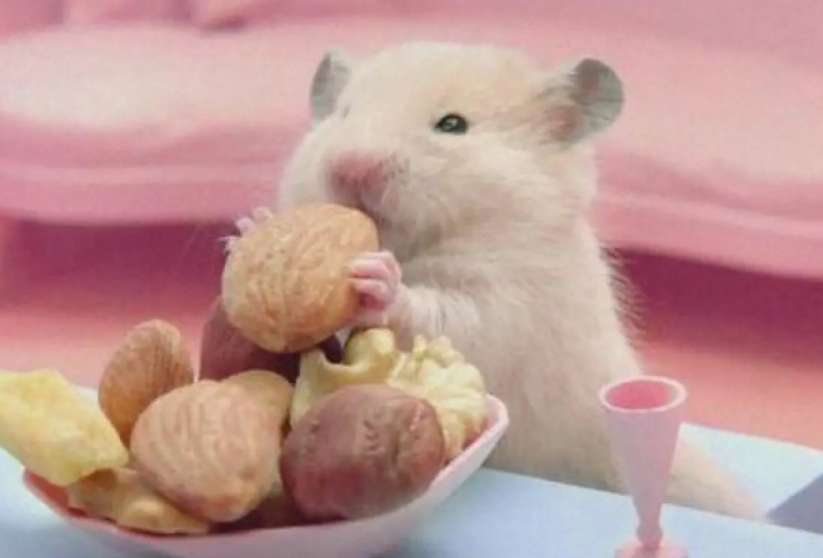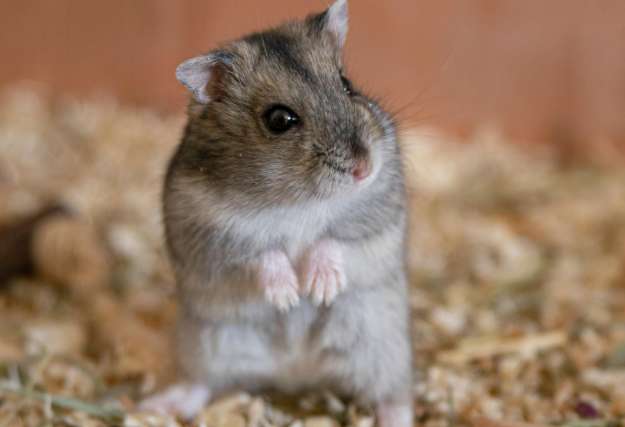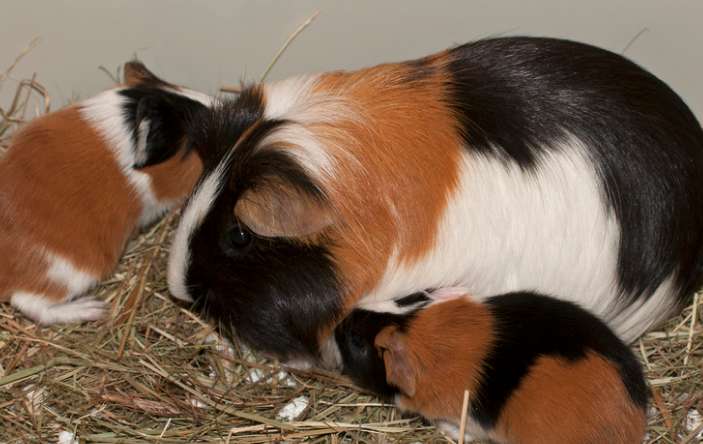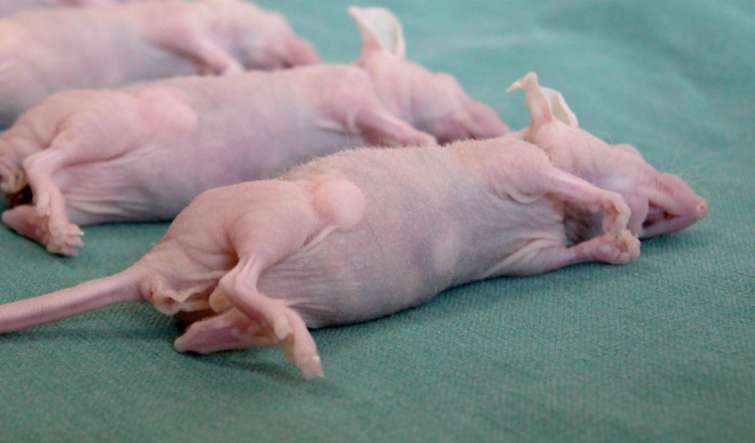The black-bellied velvet rat, which likes to live in forests, has always been a headache for many artificial forest areas. Especially when their numbers get out of control, it is a devastating disaster for the forest trees. However, due to various reasons, their numbers are now basically at a low level, and they have been included in the 2008 Red List of Endangered Species by the International Union for Conservation of Nature (IUCN). Most people are relatively unfamiliar with this kind of rat, so today I will take you to get to know the black-bellied velvet rat.
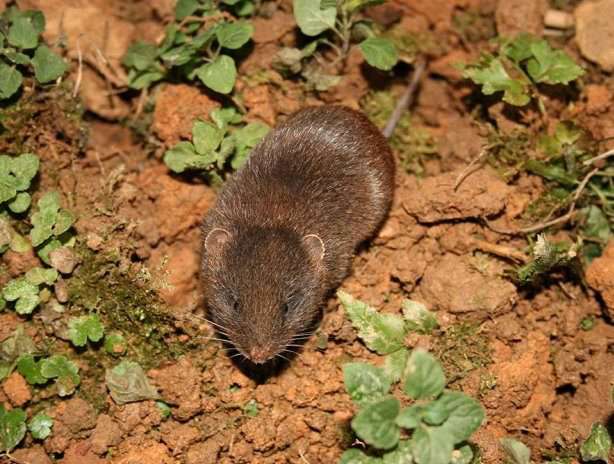
1. Morphological characteristics< /strong>
1. Body shape
The black-bellied velvet mouse is small and fat. Its overall shape is tubular, and its appearance is somewhat similar to that of a field mouse.
2. Head
The skull of the black-bellied velvet rat is small and flat, with clear bone seams. The forehead is slightly high and the back of the head is low. The total skull length is 26.5-28.5mm. The snout is blunt and short, with beards of different lengths on the side of the snout, both black and white. Although its eyes are small, its ears are large, oval-shaped, almost naked above, and its hair is very short and dark brown.
3. Limbs
The limbs are short and have sharp claws. Both the front and rear feet have five toes. The first toe of the forefoot is extremely small, the second toe is slightly smaller than the fourth toe, the third toe is the longest in the forefoot, the fifth toe is slightly longer than the first toe, but not as long as the second toe; the first and fifth toes of the rear foot are The toes are smaller, with the 5th toe slightly larger than the 1st toe, the 2nd and 4th toes being about the same, and the 3rd toe being the longest toe on the hind foot.
4. Tail
The tail length of the black-bellied velvet rat is about 1/3 or 1/2 of the body length. Compared with many rats, The tail is not very long, and the tail hair on it is also sparse.
5. Hair
The overall coat is short and the hair is fine and soft. The color of the fur on the back of the body is tan, dark brown, dark rust brown, dark brown or light brown, with some long black hair scattered in the center of the back. The hair on the abdomen is slightly shorter than on the back, with black-gray tips and gray-black base. The hair on the chest, abdomen and mouse part of the body is slightly longer. The tips of the hairs in the center of the chest and abdomen are dyed light yellow, white, brown and brown, and the back of the feet is dark gray-brown or dark brown.
2. Living habits
1. Eating habits
The main food of the black-bellied velvet rat is plant roots, bark, young leaves, twigs, fruits, seeds, etc. It also eats a small amount of insects. As the seasons change, they eat different foods.
2. Nest layout
The nests of black-bellied velvet rats can be roughly divided into four categories according to their structures: tunnels, temporary nests, breeding nests and soil holes. parts.
The tunnels are mostly distributed in a network shape. The average depth from the ground is about 13.46±9.09cm, and the deepest place can reach 80cm. In terms of length, the longest is 2000cm and the shortest is 283cm.
The temporary nest is an enlarged part of the cave that can be used as a place for habitat and temporary food storage. There are also many external passages connected to the nest, which are probably also used for its habitat. There are an average of 5.71±3.70 temporary nests in each hole, with the maximum number being 20.
The breeding nest is temporarily built by female rats during the breeding season. It is usually made of Cyperaceae and Gramineae plants. It is round or oval in shape, mostly round, with a diameter of about 18cm. A place where female rats give birth and nurse.
The soil holes are deep along the rotten tree roots and are generally shallow. This usually means that the rat has a weak digging ability and is a blind hole.
At present, the number of black-bellied velvet rats has stabilized, and the editor hopes that they can continue to survive stably. The above is the basic introduction to the black-bellied velvet rat. Today’s sharing will end here.
